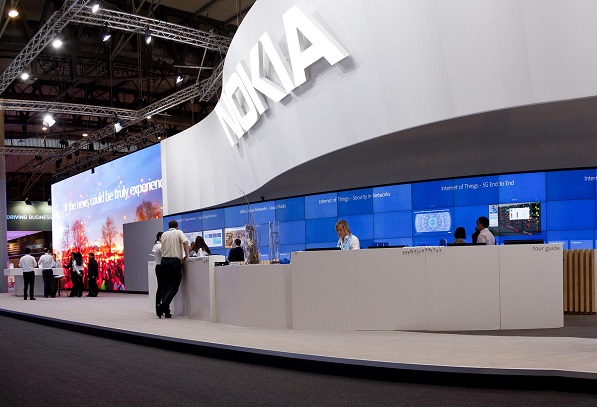Nokia is aiming to boost the performance of its small cells and make them easier to deploy, after it introduced new features to its Flexi Zone portfolio of products.
The vendor said it was introducing 25 new frequency bands and radio access technologies to its Flexi Zone Multiband portfolio, as well as eight additional frequency vriants to its Mini-Macro portfolio. It is also adding 3G support across two bands for its Flexi Zone Micro product.
Other new features include uplink carrier aggregation, which Nokia said would boost peak speeds to 102MBps, as well as downlink 256QAM, which will increase download speeds by up to 30 percent.
Finally, Nokia said it would double its LTE-U support to 40MHz on its Flexi Zone Multiband BTS range, which it claimed would enhance cell performance by up to a third.
Nokia said the new features would help telcos launch ultra-dense networks supporting the likes of the Internet of Things.
[Video:Vendors forced to innovate to invigorate small cells market, claims Nokia]
Mark Atkinson, Head of the Small Cell Business Line at Nokia, said: “We continue to boost the performance of our Flexi Zone portfolio to smooth operators’ deployment of much-needed capacity into their networks. This will allow them to prepare for the ever-growing demands of people and IoT, particularly in dense megacities.
“The future introduction of Nokia MulteFire technology will mean many more enterprises will be able to deploy their own discreet networks to enjoy the benefits that LTE will offer. The new Self Organizing Network (SON) features will allow companies, who may not have technical expertise in this field, to deploy small cells with ease.”



